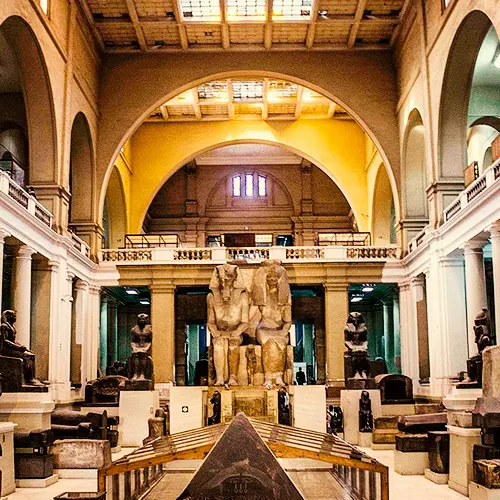
Luxor city is the most famous city in Egypt and the whole world housing destinations and attracting tourists, as it is considered the world’s greatest open-air museum because it contains two-thirds of the landmarks of the world. It contains sightseeing dating back to ancient Egyptian history, the Greco-Roman period, the Christian period, and the Islamic period.
Luxor city is also known as the city of a Hundred Gates because it contains several gates of temples. These temples are like Luxor Temple and Karnak Complex.
The Nile River divides Luxor city into two parts, the east bank of Luxor, containing the temples of gods, and the west bank of Luxor that houses the mortuary temples and tombs of kings.
In Luxor, you will be able to see the mummy of King Tut, the temple of Queen Hatshepsut at Deir el-Bahari, the Valley of Kings, the Valley of Queens, Colossi of Memnon, Habu Temple, the avenue of Sphinxes, and the Luxor Museum.
The ancient history of Luxor city Luxor is the modern city, where the ancient Egyptian city, Thebes or Waset in the ancient Egyptian language. Thebes was the capital of ancient Egypt twice; the first time was during the 11th dynasty, the Middle Kingdom, while the second time was during the New kingdom.
From Thebes city, kings who reunified ancient Egypt after the First Intermediate Period hailed from, king Thutmose III went out on his campaigns, and Queen Hatshepsut planned her expedition to Punt Land.
After the New Kingdom, the significance of Thebes city remained as a religious capital of ancient Egypt, as its triad was (the god Amun Ra, the goddess Mut, and their son Khonsu).
This city is called Luxor, as when the Arabs entered this city, they thought that the remains of its temples are palaces, so they called it Luxor or al-uqsur. Luxor or al-uqsur is the plural form of the Arabic word meaning the palace.









